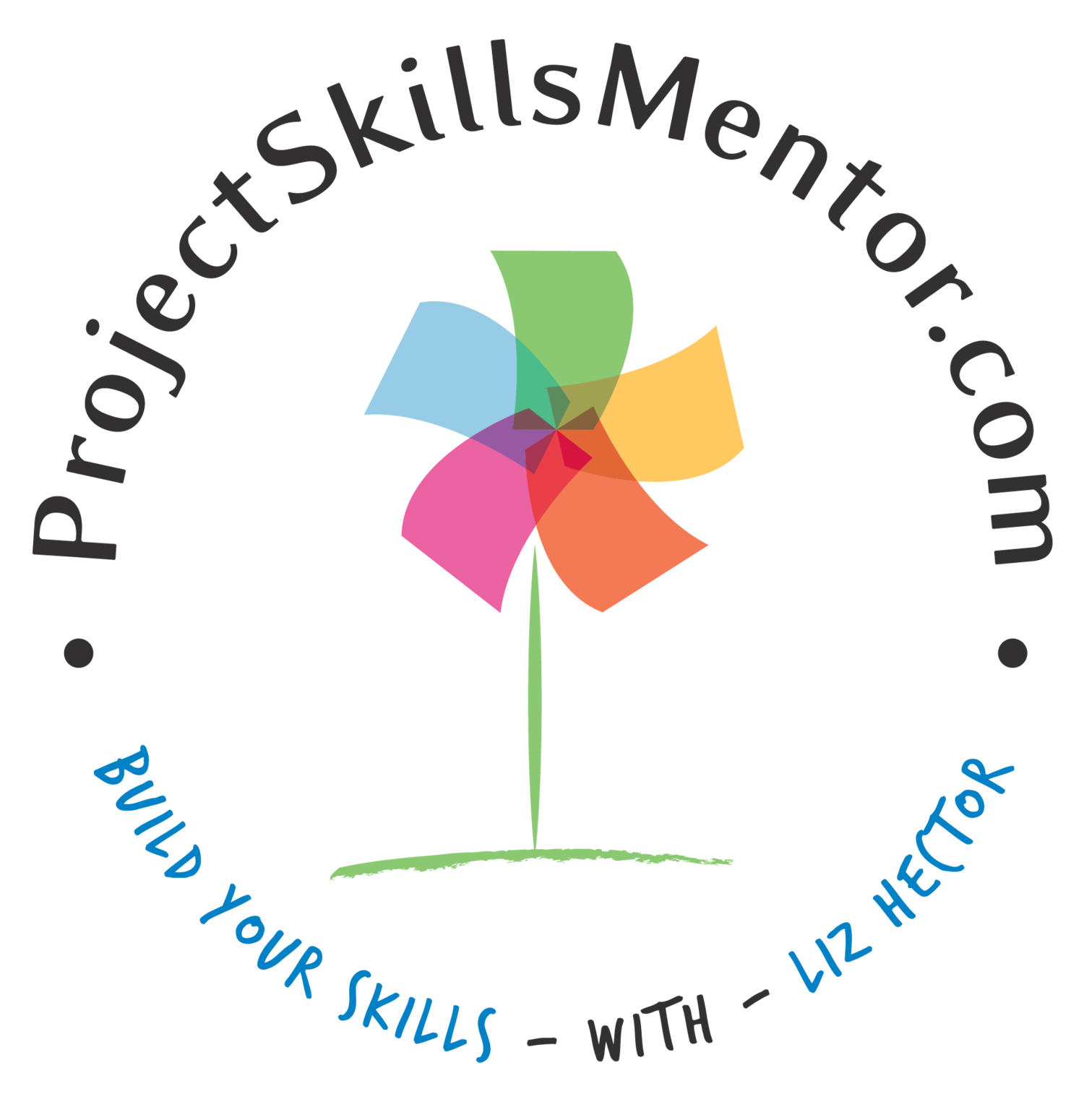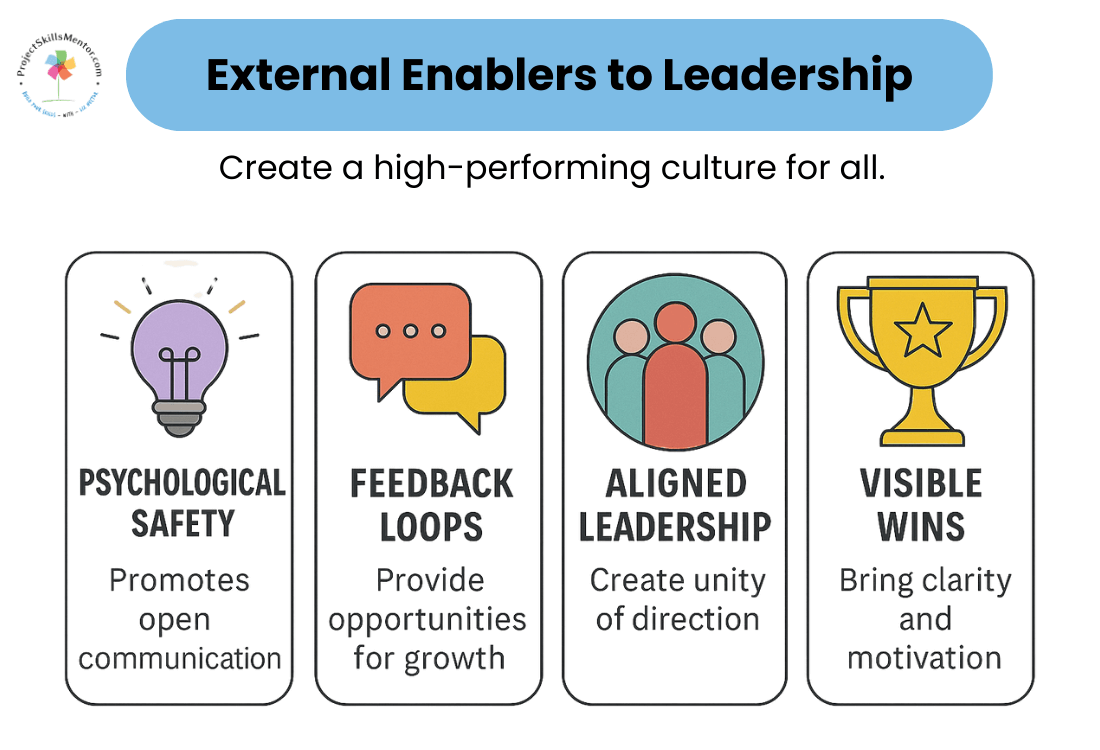Unlock Your Leadership Edge
What if advancement wasn't about chasing titles? What if you prioritized your purpose, values, mission, and career advancement instead?
Introducing Targeted Advancement: a distinctive leadership mindset emphasizing deliberate, strategic actions to enhance influence, visibility, and skills. This approach is not solely about upward mobility. Grow visibility and develop skills that move you forward, not just upward.
This isn't just another productivity hack or personal branding pep talk. It's about recognizing how the game of leadership is changing and how professionals who target their growth outperform those who "hope to be noticed."
Let's break down what this means—and why it's a game-changer for your career.
Target Your Advancement
Understand your Internal Needs and Goals
Identify External Factors
Embrace Your Edge
“It’s not who you know. It’s who knows what you can do.”
Targeted advancement shifts the question from "How do I get promoted?" to "How do I grow where I matter most—personally, professionally, and organizationally?" This guide will help you chart your path forward by unpacking:
The four pillars of success: internal drivers, external enablers, outliers, and challenges
How to measure your advancement and know if you're truly progressing
What questions to ask when you're feeling stuck or aiming higher
What Is Targeted Advancement?
Targeted advancement intentionally pursues leadership growth through self-awareness, influence-building, and business-aligned results. It's not about waiting for recognition or a role change—it's about taking control of your journey.
This model aligns personal ambition with organizational relevance, ensuring that your growth solves a problem, creates value, or drives results.
3 Frameworks for Leadership Growth
These 3 models can help you identify and address questions about what gives you an edge and where you may fall short. So take a moment and consider where you are now and where you want to go. What's blocking you - something internal or external? Or you are holding yourself back from exploring a new side of your creativity or risk-taking that can open new doors and opportunities.
Internal Drivers: Target Your Motivation and Values
Internal Drivers — self-awareness, purpose, emotional regulation, decision clarity, and accountability — are the foundation of sustained managerial success. These traits influence how leaders respond to pressure, communicate expectations, and set an example for others.
Focusing on your internal drivers is especially critical during transition periods. Are you managing a dysfunctional team or navigating complex stakeholder relationships? Even the best strategies can falter due to miscommunication, burnout, or poor alignment with a manager who is not self-aware.
If so, start by listening to your internal voice. Who are you at your core? Neglecting this aspect of self-reflection can spell disaster or reduce your impact and advancement.
One compelling example is Indra Nooyi, former CEO of PepsiCo, who emphasized personal reflection and values alignment as central to her leadership. Her habit of writing letters to employees' families to acknowledge their contributions came from her strong sense of empathy and gratitude — internal drivers that reinforced trust and loyalty across the company. This internal strength enabled her to lead transformative business shifts, including expanding PepsiCo's healthier product lines while delivering shareholder value. Leaders who invest in understanding themselves make better decisions, inspire stronger teams, and stay resilient through change.
External Enablers: Leverage Your Management Style
External Enablers — including organizational culture, stakeholder alignment, resource access, and cross-functional support — are vital for translating leadership intent into real-world impact. These factors provide the ecosystem in which a manager's decisions, strategies, and team interactions take shape. Focusing on external enablers is especially important when scaling initiatives, leading change, or driving results across departments.
Without the right external support, even the most capable managers can find their efforts stalled by silos, unclear governance, or misaligned incentives.
A powerful example is Shantanu Narayen, CEO of Adobe, whose success in transforming the company to a subscription-based model was made possible not only by vision but by intentionally building alignment across engineering, sales, and customer success teams. Adobe's leadership converted an internal strategy into measurable growth by enabling a shift in culture and infrastructure around recurring value delivery. The lesson: great leadership doesn't operate in isolation — it thrives in environments designed to support it.
Seize the Unexpected: Embrace Your Interests
Outliers to success are the behaviors, mindsets, and actions that set exceptional leaders apart from competent ones. These are often not found in standard playbooks — they include strategic risk-taking, radical candor, cross-functional influence, and an ability to inspire beyond authority.
Outliers focus not just on performance but also on accelerating impact in unpredictable environments. Managers should pay attention to these factors when performance is stable, but growth has plateaued or when aiming for breakthrough results.
Consider the example of Rosalind Brewer, former COO of Starbucks and now CEO of Walgreens Boots Alliance. Her reputation for asking tough, forward-thinking questions and driving diversity and innovation into the core business made her an outlier. At Starbucks, she pushed the company to improve its racial bias training and customer experience, which led to a more inclusive, resilient brand. Outliers don't wait for permission — they move the system forward by standing out, not just fitting in. Recognizing and developing these qualities can differentiate between managing well and leading transformation.
Track Your Advancement
Once you define where you are and where you want to improve, move into action. And then measure your advancement. Don't think of it as a zero-sum game. Every step in the right direction is key, no matter how small. Forward movement is the goal. Review the list, take one metric from every category you’d like to improve. Use the example below to create your calculation and score. Then track yourself over time to see if you are moving in the right direction.
“The old saying is that if you don’t measure it, you can’t improve it.”
Are you feeling like you're doing well, but unsure if you're making progress? You're not alone. Most professionals struggle with visibility, quality of feedback, and progress tracking. Let's fix that with three smart KPI categories:
1. Awareness KPIs
Knowing how you're seen across the organization:
How often are you consulted for decisions?
Are your wins recognized publicly?
Do you understand your impact beyond your team?
How to gain awareness:
Track visibility moments (share team wins publicly)
Conduct stakeholder perception check-ins
Ask, "What's one thing people say I'm known for?"
2. Influence & Impact KPIs
Go beyond job duties—measure how you move the needle:
Do others use your work to make decisions?
Are you shaping conversations or reacting to them?
Are your efforts aligned with business goals?
How to get feedback that counts:
Collect informal 360 feedback quarterly
Reflect on decisions influenced by your input
Ask cross-functional peers: "What's something I've helped move forward?"
3. Career Advancement KPIs
Not everyone wants a promotion, but everyone deserves purpose:
Ask yourself:
What kind of leader do I want to be in 12 months?
What skills must I sharpen to get there?
What perception do I need to shift?
Track your advancement by noting the following:
New leadership tasks or cross-functional roles taken on
Progress on a learning goal or visibility metric
Shifts in how others involve you in critical initiatives
You can use this KPI example to create your measurements and then focus on actions to improve your score.
Take The 7-Day Leadership Challenge
Growth doesn't have to mean waiting for your next role or formal review — it can start today. Take small, intentional steps. The 7-Day Leadership Challenge is designed to help you target key leadership behaviors that drive impact. But let's be clear: this isn't about doing everything perfectly in one week. It's about building momentum. Each daily challenge focuses on a specific leadership action tied to one of the four core pillars — Clarity, Trust, Adaptability, and Measurable Impact. You don't need to complete all seven in order or within seven consecutive days. Intentionality matters most: choosing the right action at the right time for your context.
This challenge is flexible by design — whether you're a seasoned manager looking for a refresh or stepping into a new leadership role, these prompts will help you activate the kind of leadership that moves teams forward. Think of it as a leadership sprint: a quick-start toolkit to test new behaviors, reflect on your impact, and identify the pillars you may be under-leveraging. Most importantly, give yourself grace. The goal isn't perfection — it's progress with purpose.
Are You Advancing or Just Moving?
You don't need a new title to make a bigger impact. But you do need a plan. Use this guide to:
Build clarity around your purpose and impact
Cultivate an environment where you can thrive
Explore powerful, unexpected levers of growth
Track your advancement on your terms
Utilize the learning tools and templates available here at ProjectSkillsMentor to help you address any gaps. Here are a few article ideas to help you get started:
If you're ready to start, begin with the 7-Day Challenge and track your progress.
Share your progress in the comments below or on LinkedIn with #TargetedLeadershipChallenge.
If you have a question, please let me know. You can reach me at projectskillsmentor@gmail.com.







